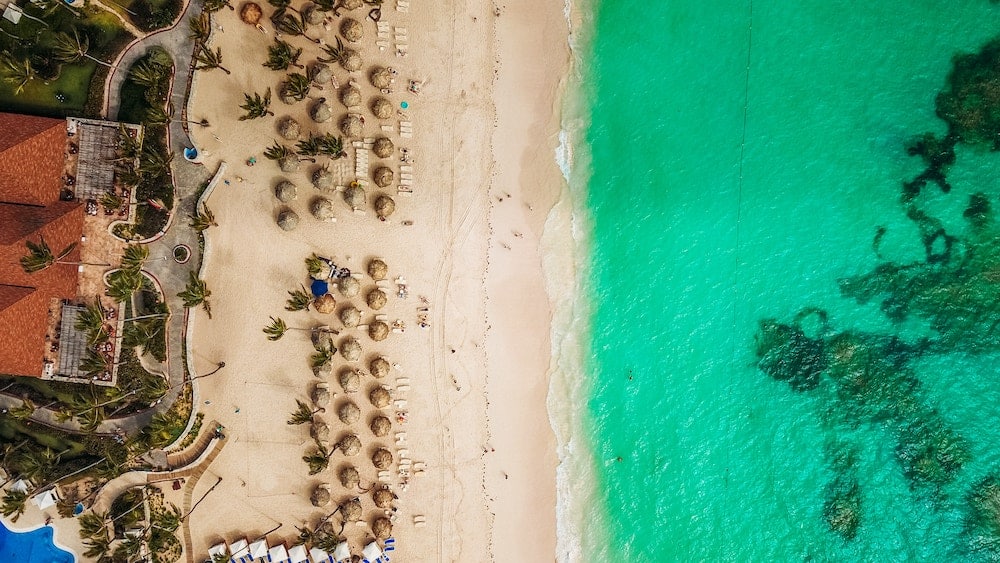
Justin Aikin
1.) The Dominican Republic is the second-largest Carribean country at 18,792 sq miles. The only nation larger is Cuba.
2.) As of 2018, 10,735,896 people live on the island. 70.4% are mestizo (mixed), 15.8% are black, and 13.5% are white, and .3% other. The dominant religion is Roman Catholicism.
3.) Much like Puerto Rico, the Taíno inhabited the island before Europeans arrived. Five chiefdoms or caciquedoms covered the entire island in 1492.
4.) The Taíno name for The Dominican Republic was Quisqueya or Ayiti.
5.) Europe discovered The Dominican Republic during Columbus’ first voyage in 1492. He named the land La Española, which was renamed Hispaniola Over 400,000 Taínos lived there at the time of his arrival.
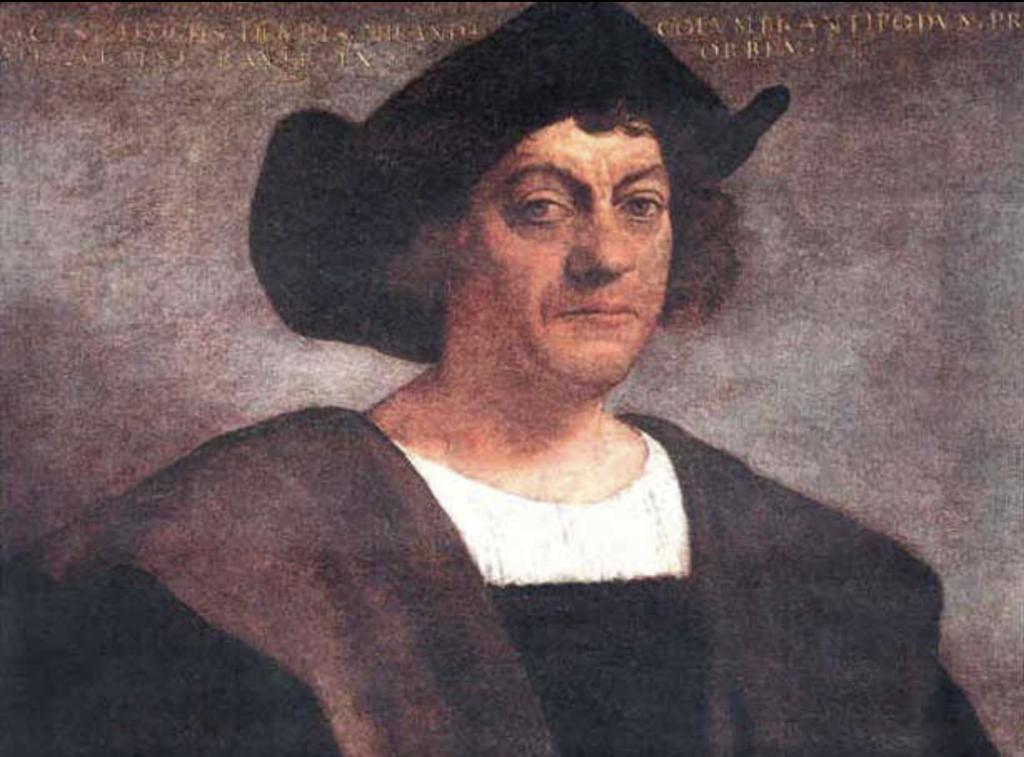
6.) Christopher’s brother, Bartholomew Columbus, founded Santo Domingo in 1496, which was the first European settlement in the Western Hemisphere.
7.) The first outbreak of smallpox was in 1507. This outbreak was ground zero for an epidemic that spread across the Americas, eventually killing up to 90 percent of the indigenous population.
8.) After initial friendly relations, Spain enslaved the Taíno population in the encomienda system. Twenty-seven years after Columbus’ arrival, the Taíno population was virtually extinct from a combination of smallpox and enslavement.
9.) At one point, Santo Domingo was the center of the new Spanish colonial empire. Francisco Pizarro and Hernando Cortez called it their home in between trips to the mainland.
10.) The extinction of the Taíno population led to the importing of slaves to the sugar cane fields and miens. The first slaves in the Americas arrived in Hispaniola in 1502.
11.) The oldest cathedral in the Americas dates to 1542 in Santo Domingo. It is called the Catedral de Santa Maria La Menor.
12.) The Dominican Republic was a hub for pirates from the 16th century on. Francis Drake, the famed pirate (later Sir Francis Drake), actually sacked the Santo Domingo.
13.) The Dominican Republic existed under French rule for a short period. Spain ceded the island after they lost the War of the Pyrenees in 1795. Britain kicked France out in 1809 and returned the island to Spain.
14.) In 1821, the Dominican Republic declared its independence as the Republic of Spanish Haiti. The new government lasted only two months until Jean-Pierre Boyer of Haiti annexed the fledgling Republic. For the next 22 years, Hispaniola was unified again.
15.) Dominican Independence Day is February 27th, which marks the date the Dominican War of Independence began. They fought between 1844 and 1856 to achieve their freedom from Haiti.
16.) The Dominican Republic briefly fell under Spanish control again from 1861 – 1865 before gaining its independence for good.
17.) Pico Duarte is the tallest point in all of the Carribean. It is over 3,000 meters tall.
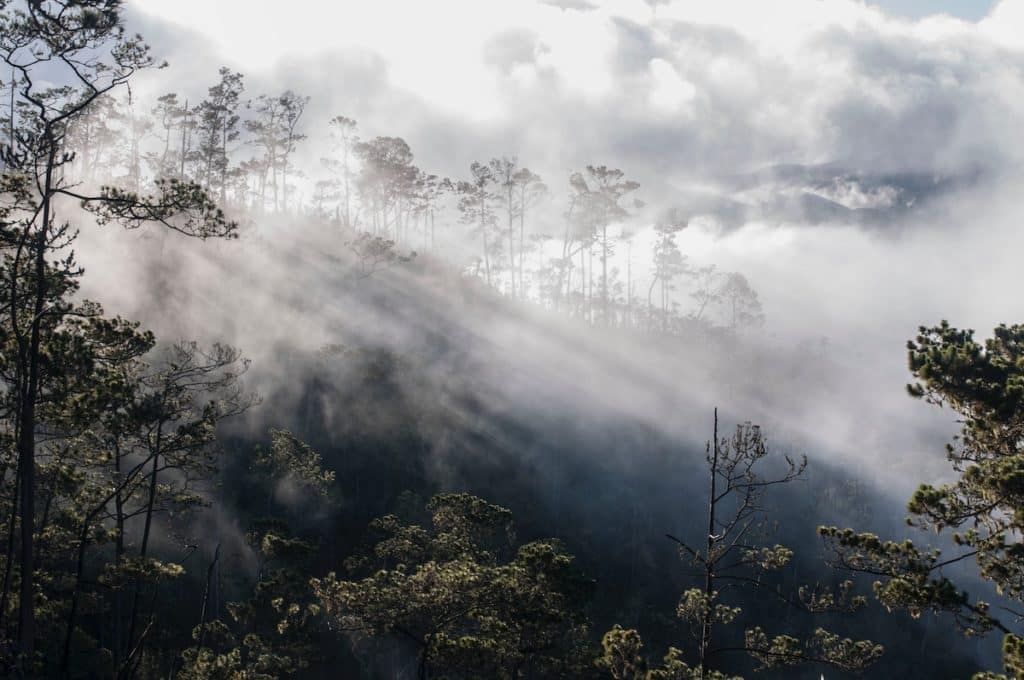
18.) A British consul named Sir Robert Schomburgk was the first to climb Pico Duarte in 1851.
19.) Dominican food draws inspiration from African, Spanish, and Taíno cultures. The national dish is called La Bandera Dominicana (Dominican Flag). It is a mix of red beans, rice, meat, and salad.
20.) Sofrito, a popular base used in many Latin American and Iberian dishes, is known as Sazón in Dominican cuisine. Typically it is composed of finely chopped bell peppers and onions cooked into a tomato paste, vinegar, and water.
21.) The national breakfast of the Dominican Republic is Mangú, which is a boiled plantain dish that originated in western Africa.
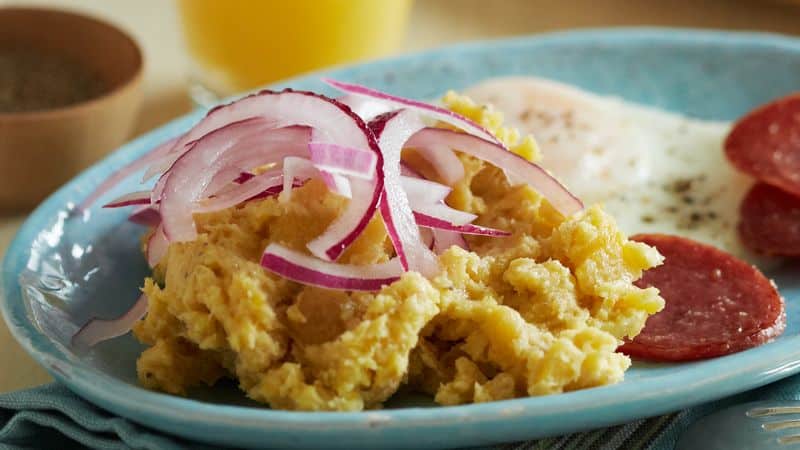
22.) Similar to Spain and much of Latin America, lunch is THE most important meal of the day. It can last hours and usually consists of La Bandera.
23.) The variety and uniqueness of drinks in the Dominican Republic are wide. Mama Juana is a Taíno drink made with rum, honey, and red wines soaked with tree bark. Mauby is another drink made from tree bark. Morir Soñado is a combination of orange juice, milk, and ice.
24.) If invited to dinner in the Dominican Republic, bringing deserts like pastries or chocolates is considered polite.
25.) Punctuality, especially for dinner, is a lot less strict. If one shows up 15 minutes – 30 minutes late, that is still on time!
26.) Rum, much like in Puerto Rico, is a significant export of the Dominican Republic. Its oldest distillery, Bermudez, was founded in 1852. That is eight years away from being as old as the country itself!
27.) Drinking during the day doesn’t carry the same stigma as in the United States. On Sundays, especially, it is common for people to drink all day after church.
28.) Dominicans tend to be very religious. 90% are practicing Catholics. It is also the only country on Earth with a bible on its flag!
29.) Abortion is banned entirely, no matter the circumstances, even if rape is involved or the mother will die.
30.) As of 2015, close to two million Americans trace their ancestry to the Dominican Republic, making them the fifth-largest Hispanic-group in the US. They mostly reside in New England, particularly in New York.
31.) Where some countries associate honking horns with anger, it has friendlier connotations. Because there are so few stop signs, people will honk when coming through intersections to warn people.
32.) The drinking age is only 18! Police don’t enforce this drinking age. Interestingly, underage drinking in the US is far more of an issue.
33.) The DR is the largest economy in the Carribean. It is the eighth largest economy in Latin America as a whole.
34.) Agriculture is the largest industry in the Dominican Republic, employing close to 20% off the workforce. Coffee, Sugar, Tobacco, are the most important crops.
35.) Their biggest trading partner is the United States (40% of trade). Interestingly, Haiti, their direct neighbor, accounts for less than 3%.
36.) The Dominican Republic considers itself the breadbasket of the Carribean. Don’t ask Guyana; they will undoubtedly disagree.
37.) Tourism is a major industry. It is the most visited place in the entire Carribean. The US and Canada make up 50% of the visitors.
38.) Golf is growing increasingly popular in the Dominican Republic. There are currently 26 golf courses, many of which sit right on its beautiful coast. Pete Dye, a famous American golf course designer, actually designed five of these courses.
39.) The Faro a Colón is a monument to the 500th anniversary of Europeans discovering the Americas. Inaugurated in 1992, it is a lighthouse on the southern coast. The lighthouse supposedly contains Columbus’ remains, but there have never been DNA tests.
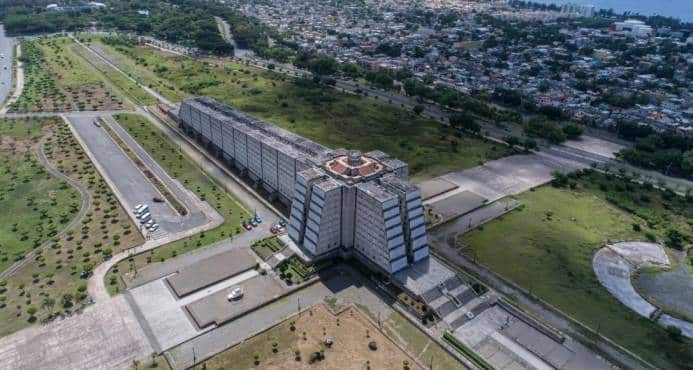
40.) The Pueblo Viejo mine is the largest in the Americas. It is is also the first mine exploited by Spain, and it is still in operation five centuries later. It produced over 500,000 ounces of gold in 2018.
41.) The national bird of the Dominican Republic is the palmchat. The name comes from the palms it uses to nest.
42.) Between December and Mach every year, humpback whales visit the island. You can see them from the Bay of Samana.
43.) Baseball is the national sport of the Dominican Republic. After being introduced in the 1880s, the love for the game hasn’t stopped. Close to a million kids currently play organized baseball.
44.) Over 500 MLB players originate from the Dominican Republic. The only country to produce more is the United States, where MLB resides!
45.) Sammy Sosa, Pedro Martinez, Vladimir Guerrero, Juan Marichal, David Ortiz, and Manny Ramirez are all famous Dominican baseball players.
46.) In 2010, Santo Domingo became the cultural capital of the Americas, a very prestigious award in the region.
47.) Many famous movies were filmed in the Dominican Republic. Santo Domingo is a stand-in for Havana in the God Father Two. The famous ariel attack in Apocalpyse Now was shot on the Chavón River.
48.) Oscar de la Renta was of the world’s best-known fashion designers. Before his death, he owned many fashion houses and dressed famous people like Jacqueline Kennedy.
49.) The “Kiteboarding Capital of the World” is Cabarate Bay on the North Coast. The warm water and trade winds make it the ideal spot.
50.) Remember the prehistoric mosquito in amber from Jurassic Park? Puerto Plata’s Amber Museum is home to this strange artifact.
51.) The most popular beer is known as “Presidente.” It is a Pilsner produced by Cervecería Nacional Dominicana. You can find it in some stores in the United States as well!
52.) Merengue is a dance and type of music from the DR. It dates back to the 19th century! Merengues are generally fast arrangements with a 2/4 beat.
53.) The Dominican Republic is also the world’s largest producer of cigars. Famous brands like Ashton VSG, Davidoff, and Fuente Fuente Opus X all originate in the Dominican Republic.
54.) The Dominican Republic is home to incredible wildlife. You can find everything from Flamingos to the American crocodile.
55.) There are over 50 species of butterflies native to the Dominican Republic!
56.) The rhinoceros iguana is native to the Dominican Republic. They are a threatened species that derive their name from the fact that they have a horn like a rhinoceros.
57.) Larimar, or “Stefilia’s Stone,” is a blue variety of pectolite that is only found in the Dominican Republic. Its color changes from white to deep blue.
57.) To the Southwest is the largest lake in the Carribean, Lake Enriquillo. At 375 square km, it is also the lowest elevation in the Carribean.
58.) The DR is a representative democracy split into two major parties, much like the US. The parties are the Dominican Revolutionary Pary and the Dominican Liberation Party.
59.) The DR has some fo the most diverse terrain in the Western Hemisphere. It has rugged highlands, rainforest, savannah, and mountains all close to each other.
60.) Their national flower is endangered. It is a cactus flower called the Bayahibe Rose.
61.) Don’t kiss in public! It is illegal, and if a police officer sees you, they will fine you.
- Tulip Mania – The Story of One of History’s Worst Financial Bubbles - May 15, 2022
- The True Story of Rapunzel - February 22, 2022
- The Blue Fugates: A Kentucky Family Born with Blue Skin - August 17, 2021